In physics and engineering, the terms “pressure” and “pressure intensity” (or “stress”) are often confused or used interchangeably. While they are related, they represent different concepts. Understanding their distinction is crucial, especially in technical applications.
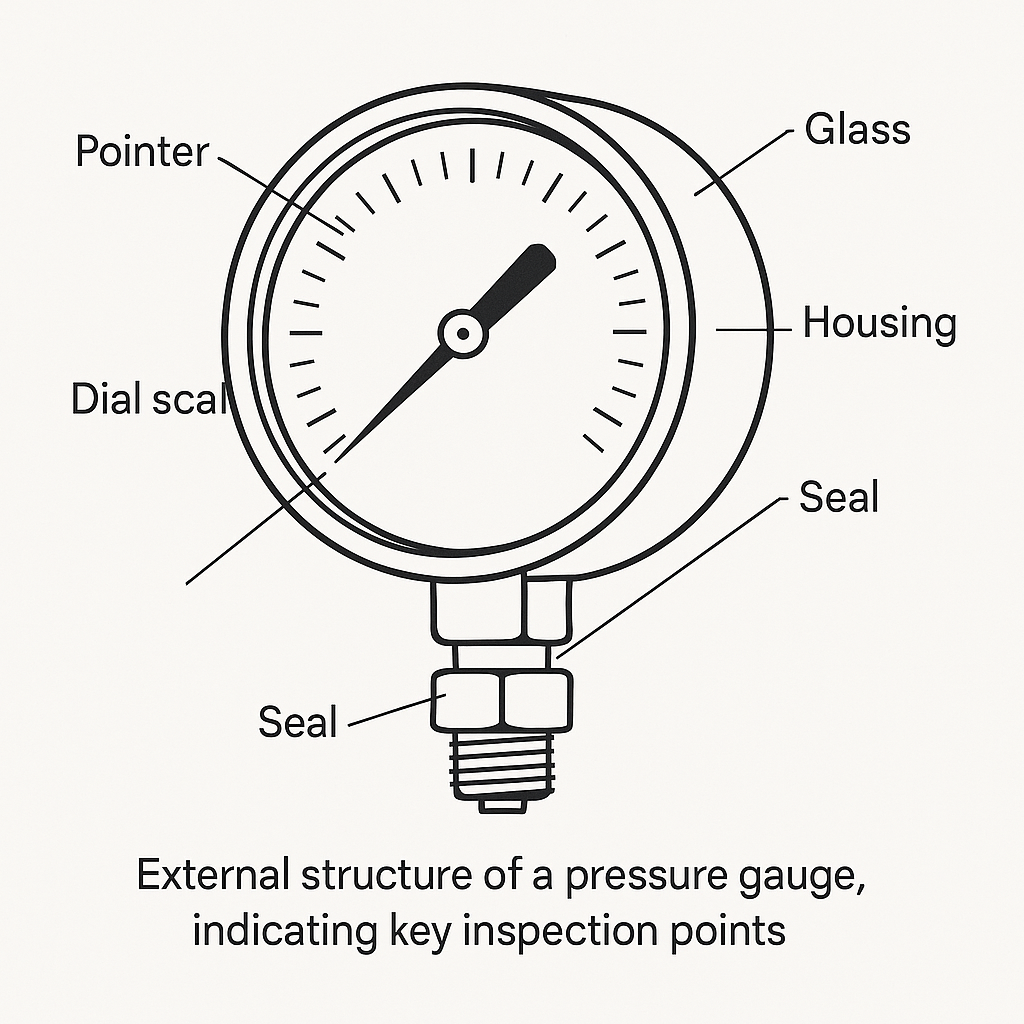
1️⃣ What Is Pressure Intensity?
Pressure intensity (often simply called pressure) refers to the force applied per unit area. It is used to describe the effectiveness of a force when applied to a surface.
Formula:
p = F / A
Where:
p= Pressure intensity (Pa)F= Force (N)A= Area (m²)
📝 Example:
If the same force is applied to a smaller area, the pressure intensity increases—making the “effect” feel stronger.
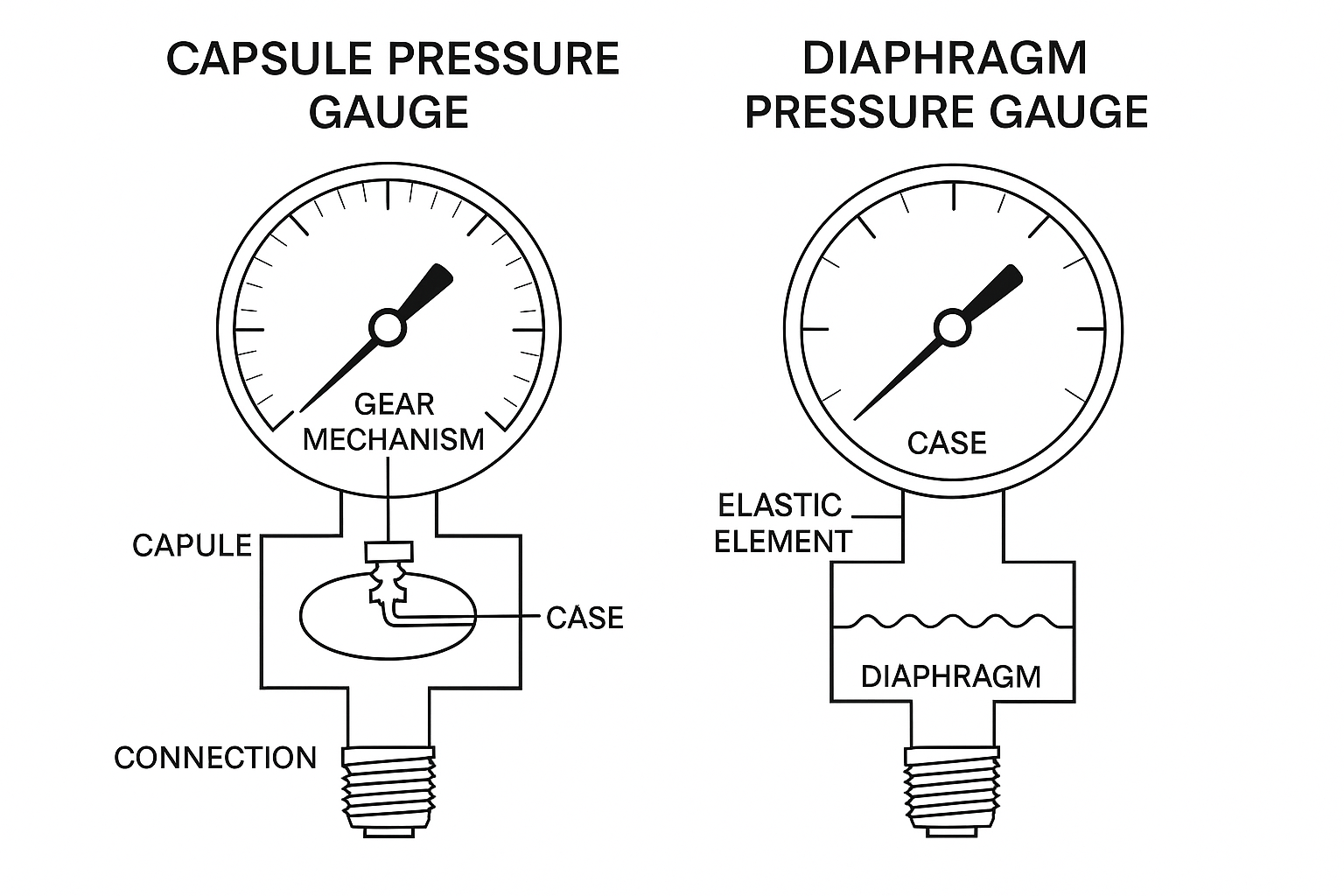
2️⃣ Pressure vs. Pressure Intensity: Terminology in Practice
| Term | Focus | Unit | Description |
|---|---|---|---|
| Force | Magnitude of force | Newton (N) | The total push or pull exerted |
| Pressure | Force per unit area | Pascal (Pa) | How concentrated the force is |
🔍 In engineering, people often refer to “pressure” when they mean “pressure intensity.” Although this is not strictly correct, it’s widely accepted and rarely leads to confusion—as long as the units are clearly stated.
📌 Tip: When you see units like N (Newton), it refers to force; when you see Pa (Pascal), it refers to pressure intensity.
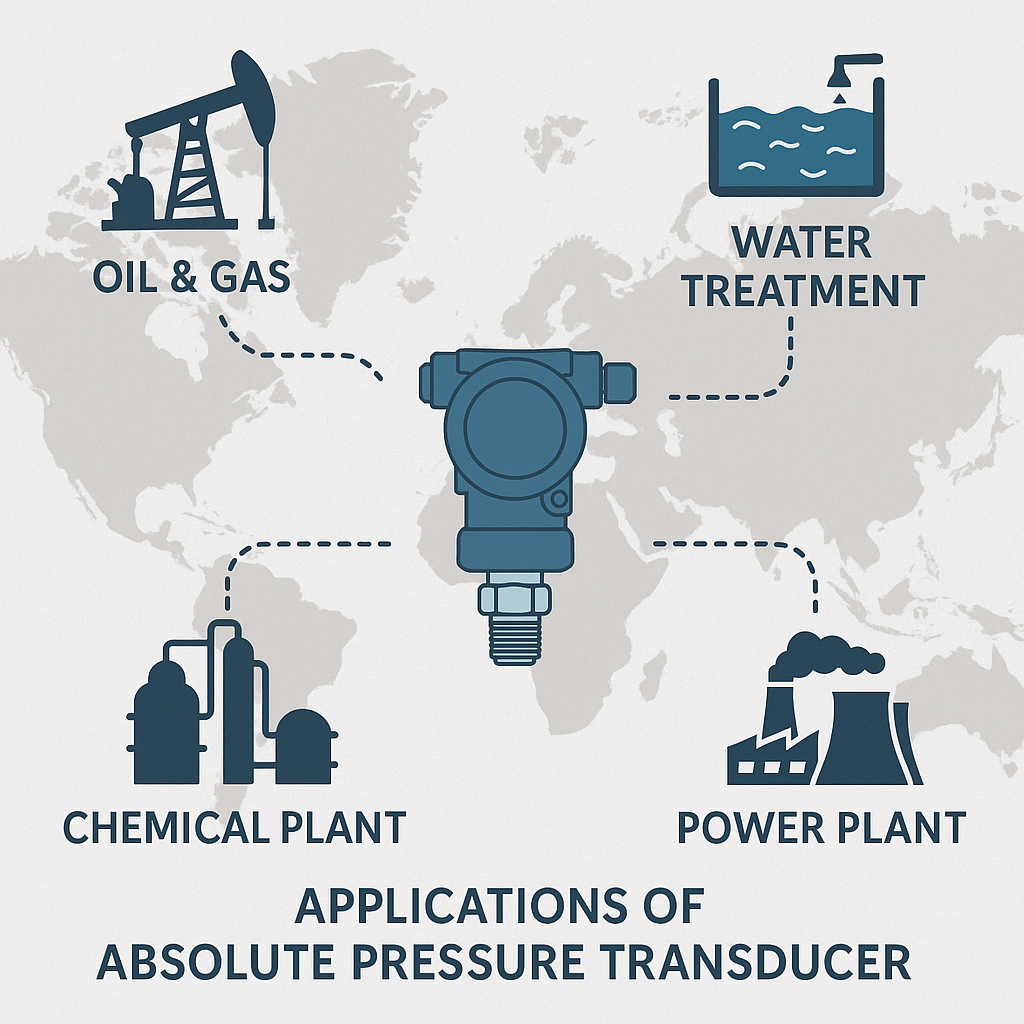
3️⃣ Common Pressure Units & Conversion Table
Since the SI unit Pascal (Pa) is quite small, its multiples or alternative units are frequently used in engineering.
| Unit | Full Name | Conversion | Typical Use |
|---|---|---|---|
| Pa | Pascal | 1 Pa = 1 N/m² | SI base unit |
| kPa | Kilopascal | 1 kPa = 1,000 Pa | HVAC, civil engineering |
| MPa | Megapascal | 1 MPa = 1,000,000 Pa | Hydraulic systems, structural design |
| bar | Bar | 1 bar = 100,000 Pa | Europe-standard, industrial pressure |
| kgf/cm² | Kilogram-force per cm² | 1 kgf/cm² ≈ 98.07 kPa | Common in Chinese and Japanese systems |
| psi | Pounds per square inch | 1 psi ≈ 6.895 kPa | Widely used in the US |
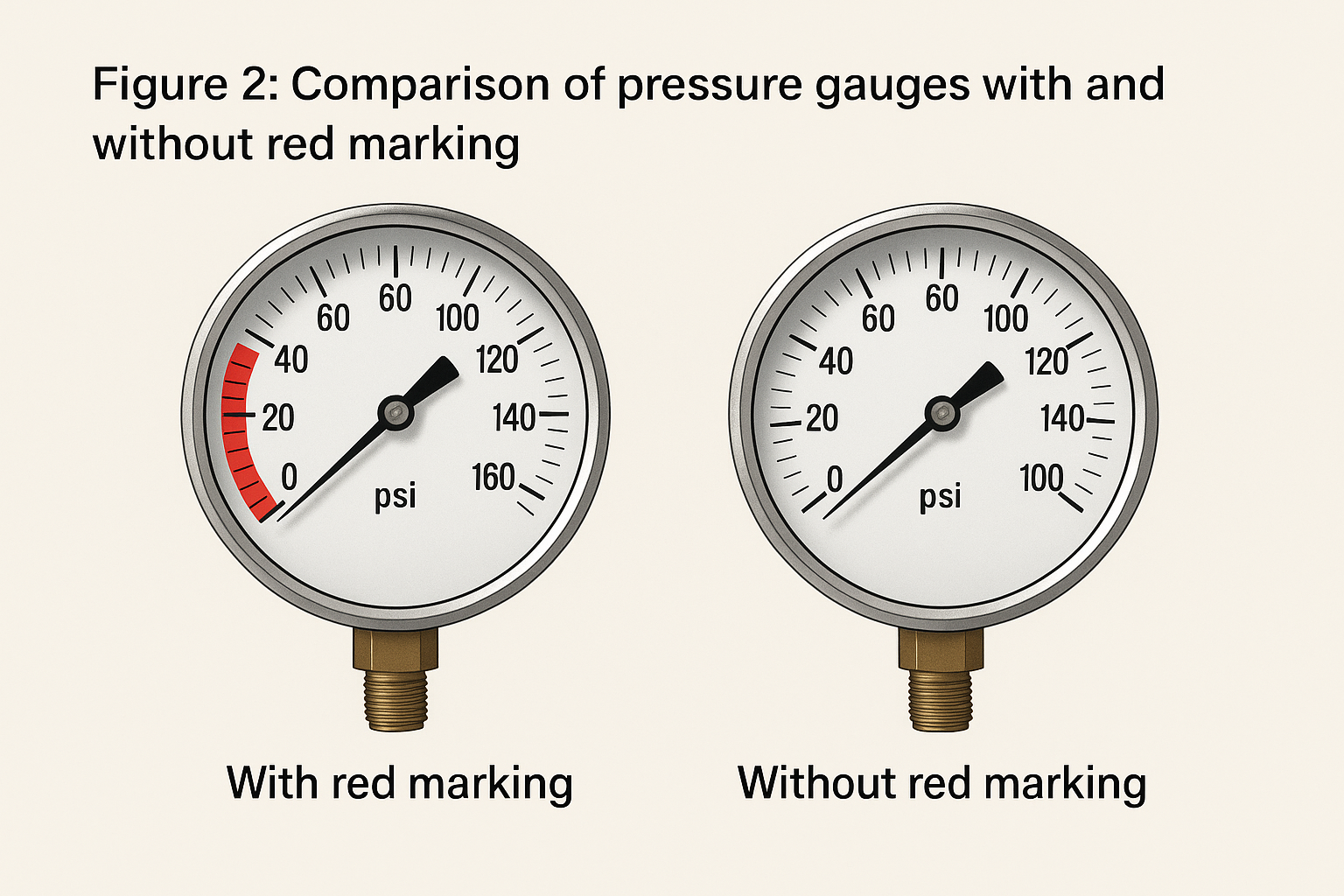
4️⃣ A Common Misunderstanding: “10 kg Pressure”
In China and some other countries, engineering drawings or labels often state “10 kg pressure”, which can be misleading.
✅ What it actually means:
10 kgf/cm² – This is not a weight, but a pressure intensity unit. It means 10 kilograms of force acting on every square centimeter.
🚫 Don’t confuse it with mass (kg) or weight—it’s a force-based pressure value.
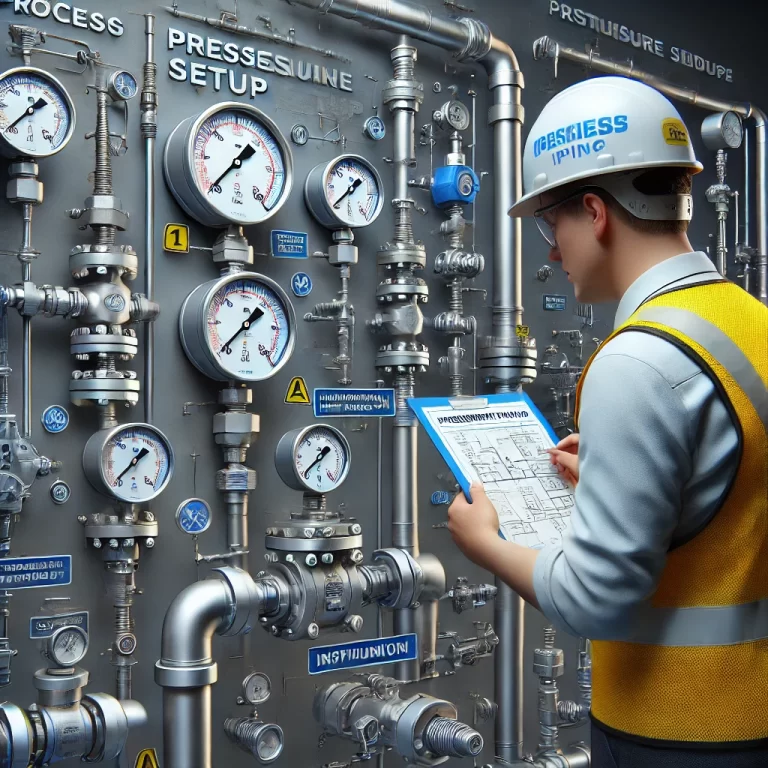
5️⃣ Summary: Know the Difference, Use the Right Unit
| Concept | Key Focus | Unit Example |
|---|---|---|
| Force | Total amount of push or pull | Newton (N) |
| Pressure | Force per unit area | Pascal (Pa), bar |
✔ Engineers care more about pressure intensity because it reflects the actual impact on surfaces and materials.
✔ It’s okay if people casually say “pressure” when they mean “pressure intensity”—just be clear with units to avoid misunderstanding.
